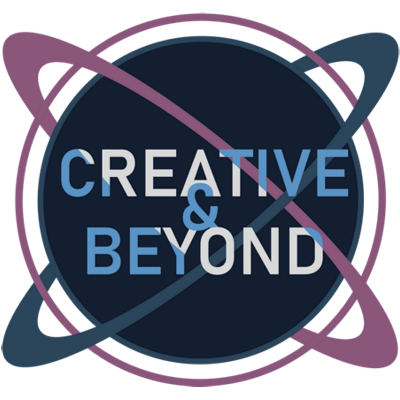The Endless Creative - part 5 - Structure
Welcome to part four of an ongoing series based on my book, The Endless Creative.
If you’re just tuning in, I recommend starting at part one.
Structure
It all begins with the concept of the story.
If you agree that stories are important, then it’s worth taking some time to see what they’re made of and how they’re structured.
According to Jamie Cat Callan, “Whether or not we’re aware of it, we long to tell stories, because stories take the chaos of our lives and give our days and hours a shape, a sense of order, meaning, and even artfulness.”
If stories help us turn chaos into order, then it would be useful to understand the way stories themselves are ordered. Time for a little history!
Today, the Three-Act Structure is widely used in novels and films. It dates back to Aristotle, who used the Dramatic Structure, also called Freytag’s pyramid. In this structure, there is a beginning exposition, a middle rising action, a climax, and a falling action leading to the resolution.
There’s a bit more to it now, and Aristotle himself didn’t break it down into thirds, but essentially, both his version and our modern one have three parts: a beginning, middle, and end—three acts.
You will discover a similar grouping of three in the sections that follow: approach, process, and pursuit. Each of those are, in themselves, broken down into three parts.
Back to the story on stories. Along comes Joseph Campbell, a mythologist, writer, and lecturer who took a good look at the mythical stories of the past and saw a pattern. He realized they shared many of the same elements, which he identified as the Hero’s Journey in his book The Hero with A Thousand Faces (that’s a lot of faces—just imagine brushing all those teeth every day).
Because the Hero’s Journey is so prevalent today in storytelling, we will also examine some parallels between it and the journey of the creative. However, there are many other archetypal character arcs, of which The Hero’s Journey is only one, so we won’t focus on it exclusively.
Now, the three-act structure, while not the only story structure by any stretch, is arguably the most widely used form today—certainly in Western society. If you want to learn more, check out Syd Field’s book Screenplay: The Foundations of Screenwriting.
There are many other resources that build upon and break down both the Three-Act Structure and the Hero’s Journey as they relate to story structure and story theory in literature and film. One modern author I’ve enjoyed is K. M. Weiland, who wrote Structuring Your Novel, along with some other books on the subject. She even has a story structure database on her website helpingwritersbecomeauthors.com, which breaks down many popular books and movies into their basic structural elements.
These are the main parts of the Three-Act Structure, which we will examine in order:
Act 1
Hook
Inciting Event
Key Event
First Plot Point
Act 2
First Pinch Point
Midpoint/Second Plot Point
Second Pinch Point
Renewed Push
Act 3
Third Plot Point
Climax Begins
Climactic Moment
Resolution
I’ve given you a little background. Now the big question. What makes a story? Even more importantly—what makes a good story, the kind we care about most?
A good story begins with a character—the protagonist—and that character has a problem. Not just any problem—the biggest problem of their life. Sometimes they have a lot of problems, but there is one central problem at the heart of it all. This big problem is a lie, deeply held by the protagonist or the protagonist’s world at large.
So, in the most basic terms, a story begins with a person and a problem—but none of it matters unless there is a change.
This is where things pick up. As the story progresses, we see a transformation in the protagonist or in their world. Either way, something must change for there to be a story: it’s called an arc.
A character arc happens when the character goes from believing and living one way to believing and living another way. Keep this in mind—the character must move from just believing it in their mind to actually living it.
Think of Ebenezer Scrooge in Charles Dickens’ classic, A Christmas Carol. His life and character at the end are very different from the beginning of the tale. He doesn’t just think in a different way—his actions are almost the exact opposite of what we find at the start.
Alright, so you probably aren’t reading this so you can learn how to write a story. Fine, but tell me this—how much have you considered your own personal character arc? What does your own story look like?
I’ll let you stew on that thought until we close out this portion on structure…




